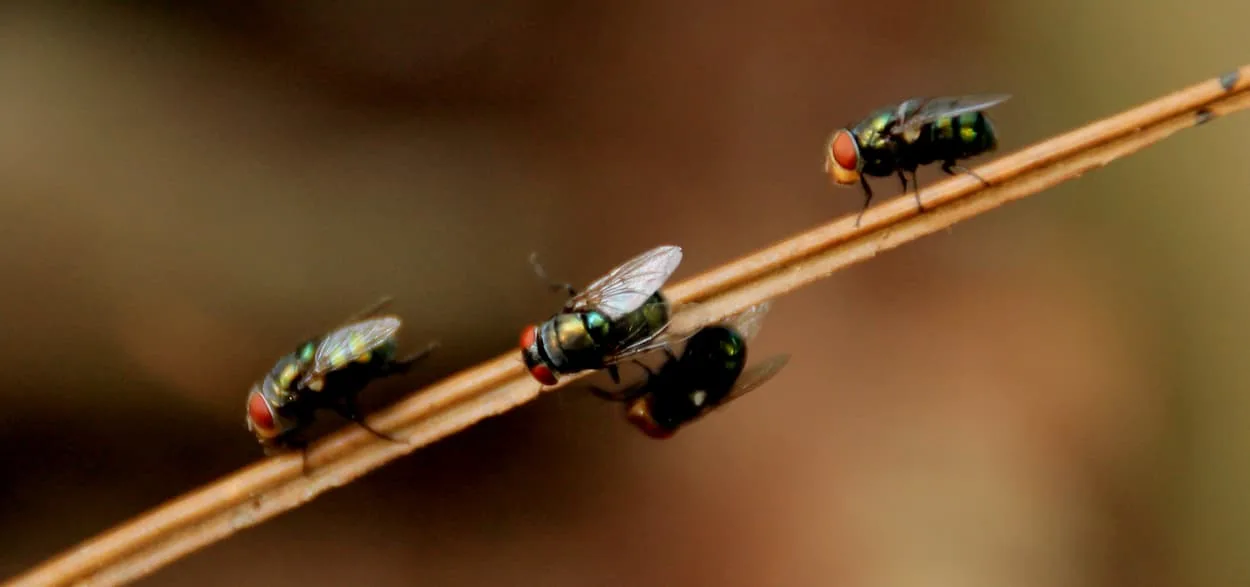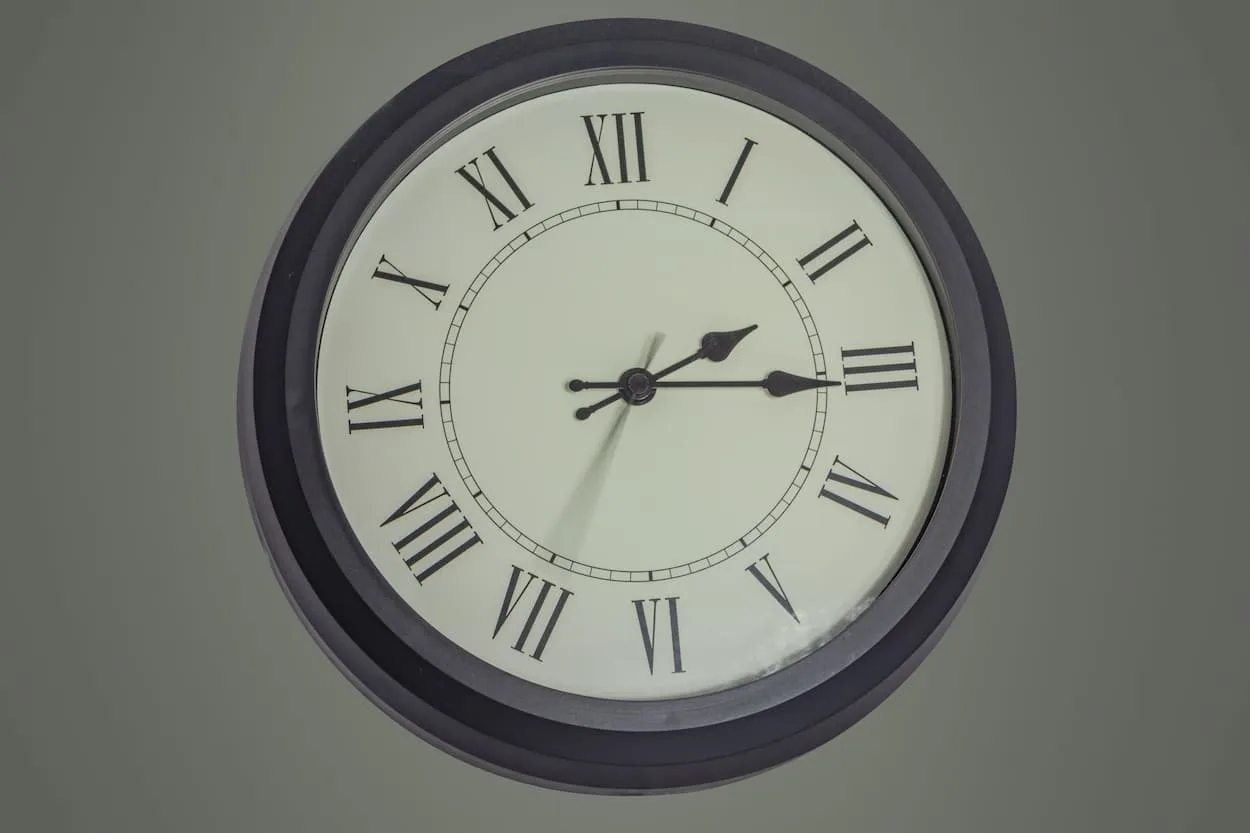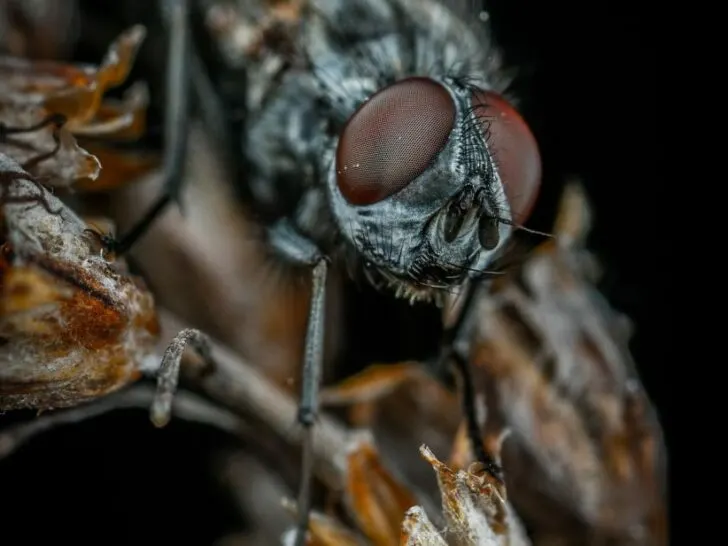With many English phrases, the definition that is associated with ” fly” is determined by the word’s form. The word could mean ” fly” (adjective), ” fly” in the air (verb), or just a tiny ” fly” insect (noun). However, if you’re talking about a number of ” fly” or ” flying” in the present tense, ” flys” is not the right term to choose.
Also, “flies” is the plural form of multiple insects flying rather than “fly.” You can observe the “fly” (singular) as it “flies” (plural) around as “flies” (plural) “fly” around (singular).
“Flies” could either mean the singular present tense of the action word “Fly” or the plural form of the noun “Fly”. “Flys” on the other hand, is grammatically incorrect.
If this spelling error appears familiar, “flier” is the American English variant of the British English “flyer.” However, “flys” is technically a British form of spelling that is similar to “flies,” but only within the context of historical hackney carriages that had one horse.
Keep reading to know more.
Why Use Flies Instead of Flys?
Usually, it is observed that the regular English nouns end with “-s” or most often “-es”. Therefore, it is normal to make an assumption that “flys” would be considered plural. However, “fly” is an irregular noun, and in English grammar, its plural form is always with “ies” replacing the prior “-y”.
Similar patterns are seen with irregular nouns, such as “lady” (ladies), “baby” (babies), or “city” (cities). However, not all -y nouns employ -ies in their plural variants. For example, the plural form for ” boy” is ” boys,” and the plural version of “toy” is simply “toys“.
How to Distinguish between Irregular And Regular Types?
Nouns with singular forms with vowels after the -y retain their usual noun structures for their plural forms. They are regular nouns.
For example:
- Essay (singular) = essays (plural)
- Birthday (singular) = birthdays (plural)
- Valley (singular) = valleys (plural)
Nouns that are singular with consonants before the -y ending with “-ies” indicate plural forms and are irregular.
For example,
- Theory (singular) = theories (plural)
- Poppy (singular) = poppies (plural)
- Beauty (singular) = beauties (plural)

When to Use The Verb “Flies”?
In the English language, we use the word “flies” for singular third-person such as “she”, “he”, or “it” in the present tense. See some of the examples below:
- Singular first-person: “I fly.”
- Singular second-person: “You fly.”
- Singular third-person: “He flies,” “She flies,” or “It flies.”
- Singular third-person gender-neutral: “They fly.”
- Plural first-person: “We fly.”
- Plural third-person: “They fly.”
English does not employ “flies” as a verb in any tense other than the present. For the other tenses, we employ one of the verb forms below:
| Flying (present participle): “You are flying.” | Flown (past participle): “We have flown.” |
As per the New Oxford English Dictionary, the present tense ” flies” is a verb with five primary meanings. The most frequent use of the verb relates to a winged animal (such as an insect or bird) and an airplane that travels in the air. Sentence examples include,
- “Mom flies to Sydney every winter.”
In the same way, “flying” is a similar word; ” flies” can also refer to anything that flutters or waves through the air (such as flags). For instance,
- The flag is flying whenever there’s a slight breeze.
Aviates cruises, drifts, glides, flutters, hangs, hovers, jets, migrates, orbits, planes, rockets, stoops, or wings.
To swiftly move or to escape.
The plural ” flies” could also refer to the person or object who flees or escapes from an area quickly or rapidly in a certain direction (whether willfully or forcefully). In the same way, one could say “time flies” to refer to the speed at which time slips away or goes by.
- “Time flies when you’re having fun.”

Fly in Fly-ball (baseball)
In the game of baseball, “fly” is short for “fly ball” and “fly ball,” so we employ the term “flies” to describe how an airborne fly ball can be hurled into the air. For instance,
- “Tony always flies to the left.”
The particular meaning of “fly” is noteworthy because it’s the sole instance where “flied” is the correct past-tense word over the traditional “flew”.
Misc. definitions
Last but not least, it is possible that you could consider the usage of ” flies” in reference to flags that are placed on a pole or when something is accepted or successful (informal). For instance,
- “Anything flies when Dad is babysitting.”
Synonyms for the second sense comprise “holds up,” “passes,” and “washes,” which occur in expressions such as “holds water” or “passes muster” (‘to stand up to scrutiny’ or gain recognition).
Plural Forms Flies and Flys
The most popular term “fly,” or plural “flies,” involves flying insects from the Order Diptera. However, English users generally attribute the word to any winged insect. Sentence examples include,
- “The buzzing sound of flies is unmistakable.”
The second meaning of the word comes in British English, where “fly” or “flys” refers to the zippers on clothing that are secured by the zipper, flap, or button. You might be told, “Your fly is open,” meaning the zipper on your pants has been removed.
The most common usage of plural nouns occurs in “the flys,” which refers to ” the space over the stage in a theater. For instance,
- “The actor descended from the flys.”
Is the word “fly” an adjectival term?
“Fly” is an informal adjective that refers to nouns such as “stylish and fashionable” or “knowing and clever,” but “flys” or “flies” don’t apply to this definition. For instance,
- “He thinks he’s so fly.”
- “Strangers would compliment her ‘fly’ aesthetic.”
What does the noun “flies” refer to?
Modern English people typically make use of “fly” or “flies” to refer to any flying insect that has dark-colored wings, a dark-colored thorax as well as mouthparts that suck, and 6 legs (“Hexapoda”). There are however several flying insects we identify with ” fly” that aren’t actually even flies like:
| Firefly | Mayfly |
| Sawfly | Butterfly |
| A hanging fly and Scorpionfly | Dobsonfly, Alderfly, and fishfly |
| Dragonfly and damselflies | Stonefly |
| Snakefly | Caddisfly |
As you can observe, there are a lot of insects that bear the “fly” name, but the only “true flies” descend from the order Diptera (a similar confusion is seen when it comes to “bunny vs. rabbit”). Their phenotypic similarities are due to their distant relationship via a common ancestral lineage during the beginning of the Devonian period, well to the time before trees were even born.
For more information on this subject, take the following video:
Conclusion
- The article explains the difference between “flys” and “flies” in English.
- It highlights that “flies” is the correct plural form for flying insects, especially those in the Order Diptera.
- “Flys” is not a standard English word; however, in British English, it can refer to clothing zippers.
- The term “flies” can also refer to the space above the stage in a theater.
- “Fly” is occasionally used informally as an adjective to describe something stylish.
- Different types of flying insects, some of which are not true flies, are discussed.
- The plural form of irregular nouns like “fly” follows the pattern of replacing “y” with “ies”. It is similar to words like “baby” and “lady.”
- Understanding the distinctions between “flys” and “flies” can help avoid common spelling errors in English.
Also, check out my article on the proper usage of Sell VS Sale (Grammar and Usage).

